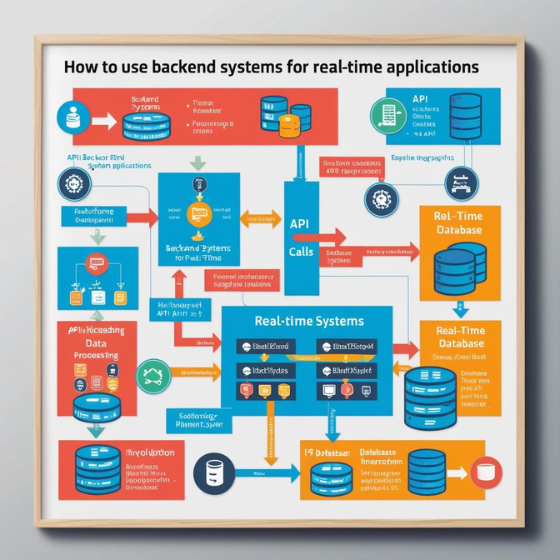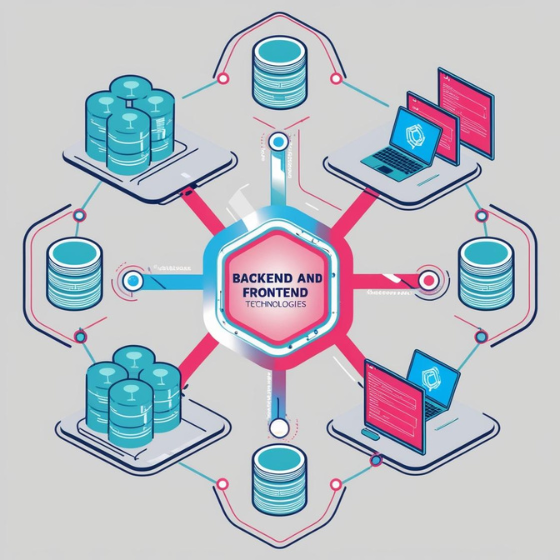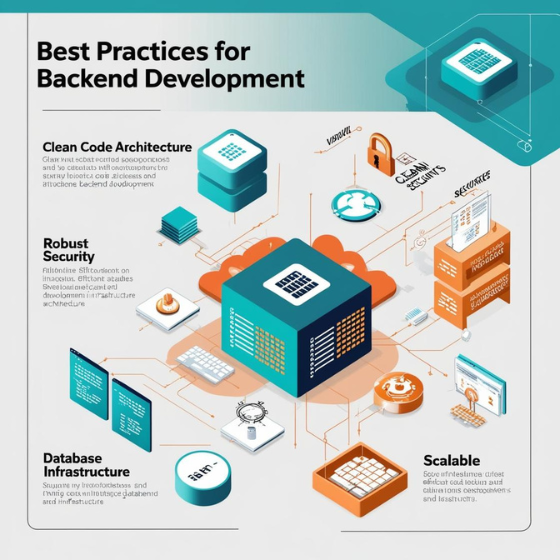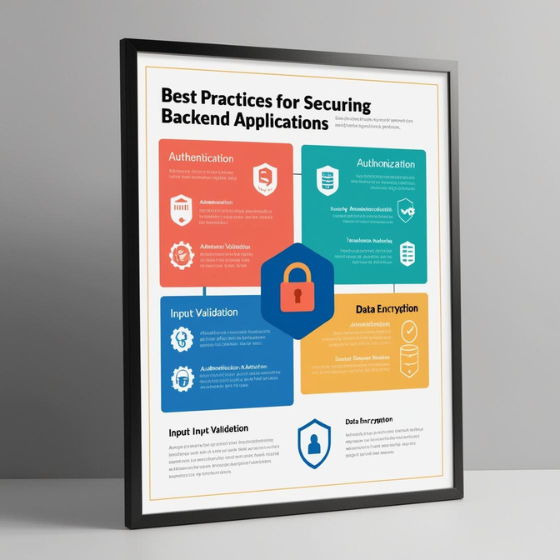ntroduction: The Growing Need for Microservices and the Backend’s Role
Did you know that over 60% of organizations have already adopted microservices architecture or are planning to implement it soon? This architectural style has revolutionized how businesses develop scalable, flexible, and efficient applications. Microservices break down large, complex applications into smaller, independent services that operate autonomously.
For microservices to function effectively, the role of backend in microservices architecture is crucial. The backend powers seamless communication, data management, security, and scalability between these services. In this blog, we will explore how the backend supports microservices and drives the success of these systems.
Understanding Microservices Architecture and the Backend’s Role
Before diving deeper into how the backend powers microservices, let’s define what microservices architecture entails and the vital role backend systems play in this framework. Microservices break down a monolithic application into smaller, independent services, each responsible for a specific business function. This division allows organizations to work with greater flexibility and scalability.
Key Characteristics of Microservices Architecture:
- Modularity: Microservices are independent, self-contained, and each focuses on a specific function.
- Scalability: Each service can be scaled independently to optimize resource usage.
- Loose Coupling: Each service can operate independently, reducing the impact of failure.
For microservices to be successful, however, the backend must handle critical functions like service discovery, data management, security, and integration.
How the Backend Powers Microservices Architecture
1. Service Discovery and Load Balancing in Microservices
One of the most important roles the backend plays in microservices is ensuring efficient communication between services. Service discovery and load balancing enable microservices to locate and communicate with each other efficiently.
- Service Discovery: In microservices, each service must discover others without hardcoded dependencies. The backend uses tools like Consul or Eureka to facilitate dynamic service discovery.
- Load Balancing: The backend ensures that requests are routed to the appropriate service instance, balancing the load effectively. This is done through backend load balancers like Nginx or HAProxy.
These backend components play an essential role in keeping microservices architecture scalable and responsive.
2. API Gateway and Data Management
With many independent services, managing APIs and handling data consistency is challenging. The backend simplifies this process with tools like an API Gateway and data management systems.
- API Gateway: It serves as a single entry point for external requests, routing them to the appropriate microservice. The API Gateway handles tasks such as authentication and response aggregation, using tools like Kong or Zuul.
- Data Management: Microservices often manage their own data, which can lead to consistency issues. The backend uses Event Sourcing and CQRS (Command Query Responsibility Segregation) to maintain data integrity across services.
These backend tools ensure data remains consistent and services can interact smoothly.
3. Security and Authentication for Microservices
Microservices architecture requires strong security mechanisms to ensure that data remains secure and services are accessed only by authorized users.
- Authentication and Authorization: The backend uses OAuth2 and JWT (JSON Web Tokens) to manage authentication and secure access to services.
- Encryption: For secure data transmission, the backend uses encryption protocols like TLS/SSL.
The backend ensures the security of microservices systems, protecting sensitive data and preventing unauthorized access.
4. Monitoring and Logging in Microservices Systems
With multiple services running independently, monitoring performance and troubleshooting issues become more complex. The backend helps streamline these processes by using monitoring and logging systems.
- Centralized Logging: Backend tools like the ELK Stack (Elasticsearch, Logstash, Kibana) or Splunk aggregate logs from various services into a single system, making it easier to troubleshoot and optimize performance.
- Performance Monitoring: Backend systems track critical metrics, such as response times and error rates, using tools like Prometheus and Grafana.
These monitoring and logging mechanisms help identify and resolve issues quickly, ensuring the smooth operation of microservices.
How Backend Enhances Scalability and Flexibility in Microservices
The backend also enables microservices to scale effectively, adapt to high demand, and maintain optimal performance.
1. Horizontal Scaling in Microservices
Backend systems support horizontal scaling, allowing businesses to add more instances of a service to handle increased traffic. Tools like Docker Swarm and Kubernetes facilitate the scaling of microservices automatically, maintaining performance as traffic grows.
2. Fault Tolerance and Resilience in Microservices
To ensure reliability, the backend builds fault tolerance and resilience into microservices systems.
- Circuit Breaker Pattern: When a service becomes unresponsive, the backend temporarily halts requests to that service, allowing the system to keep functioning without interruptions.
- Retry Mechanisms: The backend retries requests to services that fail temporarily, ensuring that system reliability is maintained.
These backend features help ensure that microservices systems remain operational, even in the face of service disruptions.
Conclusion: Backend as the Backbone of Microservices Architecture
In conclusion, the role of backend in microservices architecture is pivotal in ensuring communication, scalability, and security. Backend systems not only manage data and APIs but also enable flexible scaling and system resilience. Without a well-designed backend, microservices would not be able to operate at the scale and efficiency that businesses need.
At Sodio, we specialize in providing backend solutions that are tailored to your microservices architecture. Whether you need help with service discovery, load balancing, data management, or security, our backend services ensure that your microservices system is robust, secure, and scalable.
Ready to optimize your microservices architecture? Contact us today to learn how our backend solutions can drive success for your business.







